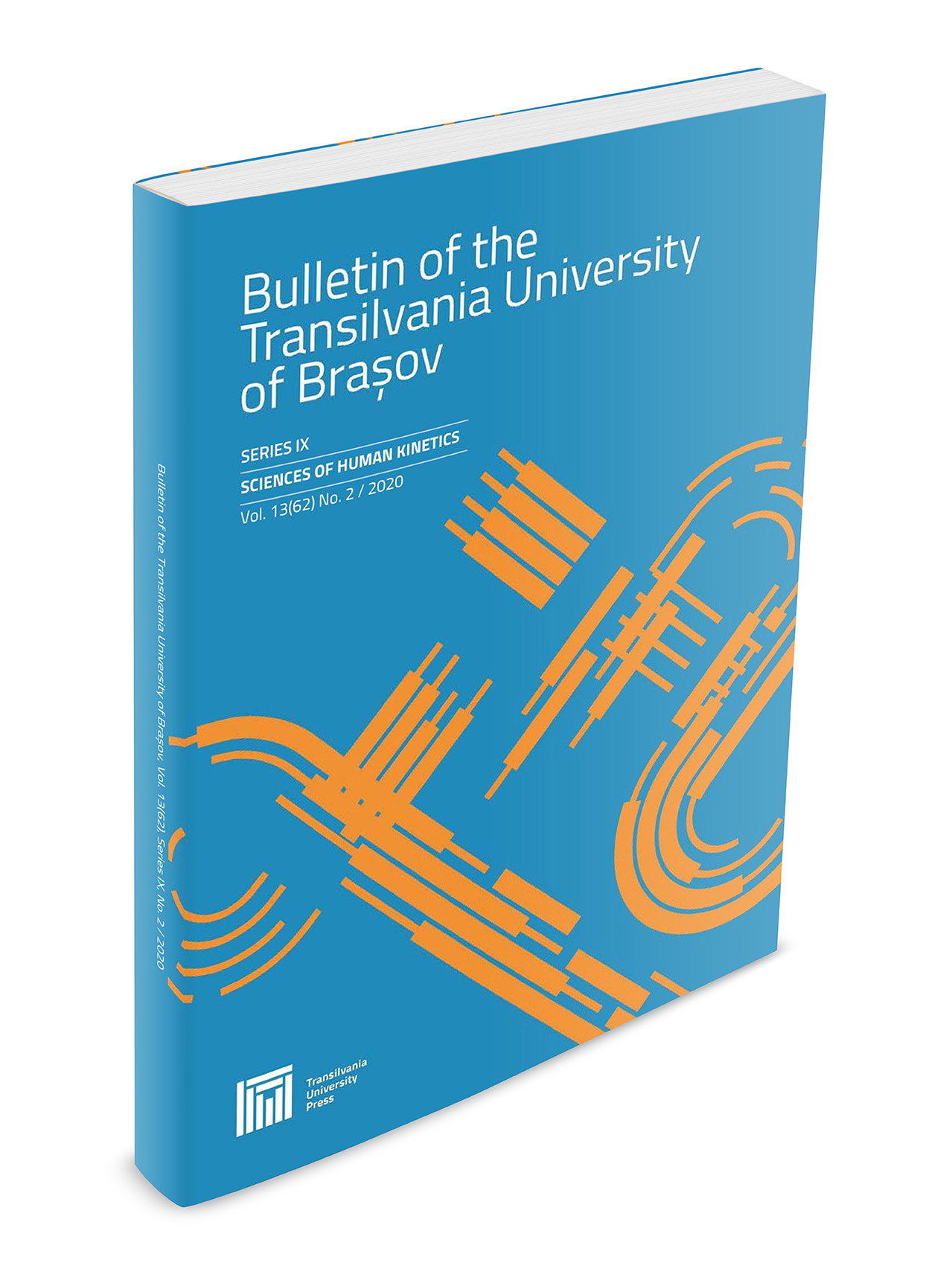A Case Study - Determining the Muscle Imbalance of the Juniors 3 in Hurdles Events through Biodex System 4 ProTM
Keywords:
muscle imbalance, hurdles, agonist-antagonist ratioAbstract
A case study was undertaken to determine the agonist-antagonist ratio of the lower limb of junior athletes three according to the technical demands of the leading leg and trail leg from hurdles events. The leading leg during the hurdles events is using the flexion/extension of the knee while the trail leg movements are more complex including the abduction of the hip, and shoulder external rotation. Our study consists of a total of five variables tested using Biodex System ProTM: knee extension/flexion, ankle plantar/dorsiflexion, hip extension /flexion, hip abduction/adduction, and shoulder internal/external rotation at different speeds (60°/s 120°/s, 180°/s. 300°/s, 450 °/s). We have compared speeds for each variable to determine differences between the right and left leg. In addition, this study aimed to create a more objective image of the agonist-antagonist ratio for the leading/trail leg during hurdles race for junior athletes 3.Downloads
Published
Issue
Section
License
Copyright (c) 2018 Bulletin of the Transilvania University of Braşov. Series IX: Sciences of Human Kinetics

This work is licensed under a Creative Commons Attribution 4.0 International License.





